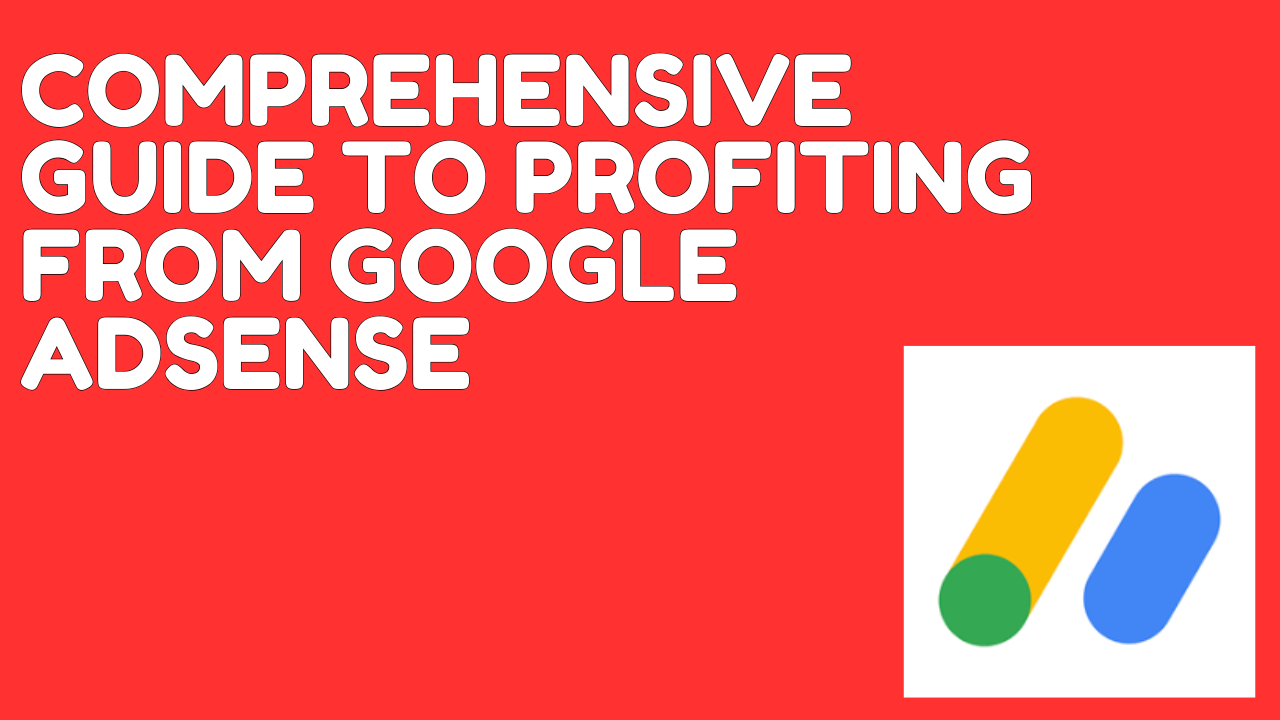Google AdSense is one of the most popular and accessible advertising programs available today, enabling website owners and content creators to monetize their online presence by displaying relevant ads. Although it might sound straightforward—simply place ads and earn money—the process of maximizing profits through Google AdSense involves multiple strategies, careful planning, continuous optimization, and adherence to Google’s policies. This article provides an in-depth exploration of all the ways to profit from Google AdSense, dissecting each step and tactic in detail.
Understanding Google AdSense Basics
Before diving into profit-making strategies, it is essential to understand how Google AdSense works. AdSense matches ads to your site content and visitors, ensuring relevance. Advertisers pay Google for clicks or impressions, and Google shares a portion of this revenue with you.
Key components include:
- Cost Per Click (CPC): The amount paid per individual click on an ad.
- Cost Per Mille (CPM): The amount paid per thousand ad impressions.
- Click-Through Rate (CTR): The percentage of visitors who click on ads.
- Ad placement and formats: Determines visibility and engagement.
Creating Quality Content
The foundation for any successful AdSense strategy is quality content. Google rewards websites that provide valuable, original, and well-structured content by sending more traffic and allowing for better ad targeting.
- Focus on niche topics with commercial intent.
- Use SEO to attract organic visitors.
- Ensure readability and user engagement.
- Regularly update content to keep it fresh.
Choosing the Right Niche
Profitability largely depends on niche selection. Niches with high CPC rates and advertiser competition tend to yield more revenue.
Examples of high CPC niches include:
- Finance (loans, insurance, credit cards)
- Health and wellness
- Technology and gadgets
- Legal services
- Real estate
Conduct keyword research using tools like Google Keyword Planner or SEMrush to identify lucrative keywords with good traffic volume.
Optimizing Ad Placement
Ad placement affects visibility and clickability, directly impacting revenue.
- Place ads above the fold where users see them without scrolling.
- Integrate ads within content but avoid disrupting readability.
- Use responsive ad units for mobile optimization.
- Experiment with different ad formats: display ads, text ads, link units, and matched content.
- Limit the number of ads to avoid overwhelming users and violating Google policies.
Increasing Traffic
More traffic generally means more ad impressions and clicks.
- Utilize SEO best practices: keyword research, meta tags, backlinks.
- Promote content on social media platforms.
- Engage in email marketing campaigns.
- Use guest blogging to attract new audiences.
- Consider paid traffic sources carefully to ensure ROI.
Improving Click-Through Rate (CTR)
CTR is crucial for maximizing earnings.
- Use ad styles that blend well with your site’s design while still being noticeable.
- Experiment with ad colors, fonts, and sizes.
- Place ads near engaging content or navigation paths.
- Avoid “ad blindness” by rotating ads or changing placements periodically.
Targeting High-Value Keywords
Higher CPC keywords generate more revenue per click.
- Use keyword tools to identify high CPC terms.
- Create content specifically targeting these keywords.
- Be mindful of keyword stuffing; maintain natural language.
Employing Multiple Ad Units Strategically
Google allows placing multiple ad units per page within policy limits.
- Use a combination of ad units (e.g., text and display) to increase chances of clicks.
- Avoid cluttering pages to maintain user experience.
- Monitor which ad units perform best and adjust accordingly.
Leveraging AdSense Features and Tools
Google provides several tools to maximize AdSense profitability:
- AdSense Experiments: Test different ad settings and placements.
- Auto Ads: Google automatically places and optimizes ads for you.
- Custom Channels: Track and analyze performance on specific ad units.
- Reports and Analytics: Monitor earnings, CTR, CPC to make informed decisions.
Complying with Google AdSense Policies
Failure to comply can lead to account suspension or termination, which ends revenue.
Key policies include:
- No clicking your own ads.
- No encouraging others to click ads.
- Avoid placing ads on prohibited content (adult, copyrighted material).
- Ensure proper disclosure of ads to comply with legal requirements.
Expanding Revenue Streams Beyond Standard Ads
- Use AdSense alongside affiliate marketing for diversified income.
- Incorporate video ads on YouTube if you have a channel.
- Explore AdSense for Search, monetizing site search results.
- Use AdSense in mobile apps if applicable.
Continuous Monitoring and Optimization
Consistently analyze your website performance and ad metrics.
- Identify underperforming pages and optimize content or ads.
- A/B test different ad placements, sizes, and styles.
- Stay updated with Google’s algorithm and policy changes.
Handling Seasonal and Market Trends
Ad revenue can fluctuate based on seasons and market demand.
- Capitalize on high-demand periods relevant to your niche.
- Adjust content calendar and ad strategy accordingly.
- Diversify content to reduce dependency on seasonal traffic.
Scaling Up Your AdSense Earnings
Once you have a profitable site:
- Increase content output to attract more visitors.
- Launch additional niche websites.
- Outsource content creation to maintain quality and volume.
- Invest in SEO and marketing to grow traffic further.
Case Studies and Examples
Analyzing successful AdSense publishers can provide insights:
- A finance blog targeting high CPC loan-related keywords earning substantial monthly revenue.
- A tech review site using strategic ad placements within product reviews.
- A health website combining AdSense with affiliate links for supplements.
Conclusion
Profiting from Google AdSense demands much more than simply placing ads on a website. It requires a comprehensive approach involving niche selection, quality content creation, strategic ad placement, traffic generation, and continuous optimization. Adhering to Google’s policies and leveraging available tools ensures long-term success and sustainable revenue. By following the detailed steps outlined in this guide, website owners can maximize their AdSense earnings methodically and effectively.



